I. Waste gas Pollution and Treatment:
Exhaust gas from the pretreatment, spray paint room, flow chamber, drying oven emissions, using paint containing organic solvent or its content is low, is one of the effective methods to solve the organic solvent, and try to reduce the dosage of organic solvent, reduce the organic solvent waste gas processing, organic solvent containing high concentration at the end of the exhaust gas concentration processing, adopt diluted emissions into the atmosphere; Discharge method, catalytic combustion method and adsorption method are used to treat the organic dissolved liquid crystal waste gas with high concentration and low air volume discharged from the drying and curing furnace. The low concentration and large air volume exhaust gas discharged from the paint chamber is treated with activated carbon adsorption method, and the activated carbon fiber bee wheel method is also used to treat organic waste gas.
Ii. Waste Water Pollution and Treatment
The waste water comes from degreasing, phosphating and passivation waste water generated before painting, waste water containing electrophoretic paint generated by cathode electrophoresis, waste water generated by water-based paint spray room and waste water generated by cleaning, and waste water regularly discharged by circulating water in the spray room of finishing paint. Generally all the waste water is concentrated in the basement and treated according to the type of sewage. Neutralization, precipitation, filtration and discharge of acid-alkali wastewater; Waste water containing 6 - valent chromium was treated by electrolysis and chemical reduction. For the spray booth waste water, add fine coagulant treatment, paint residue is discharged automatically, treated waste water, continue to recycle use, paint residue burn off or with other industrial waste disposal.
Waste residue pollution and Treatment Waste residue mainly refers to sediment produced by wastewater treatment. Generally, water quality can be removed by plate and frame filter press and transported to the special waste residue depository.
4. Noise pollution and control






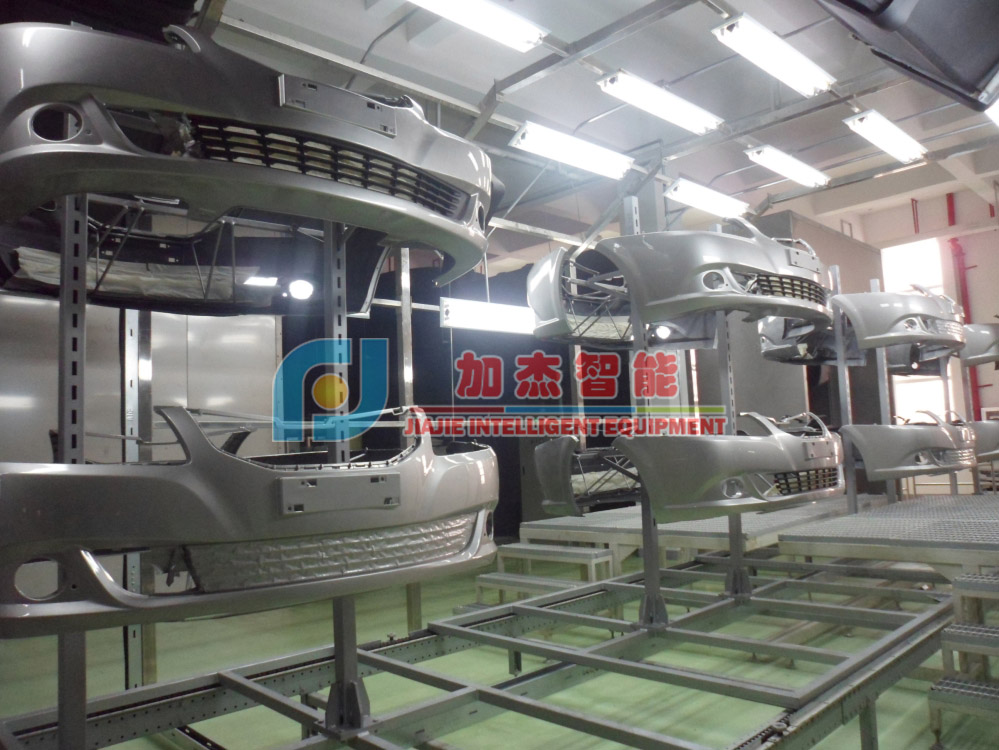
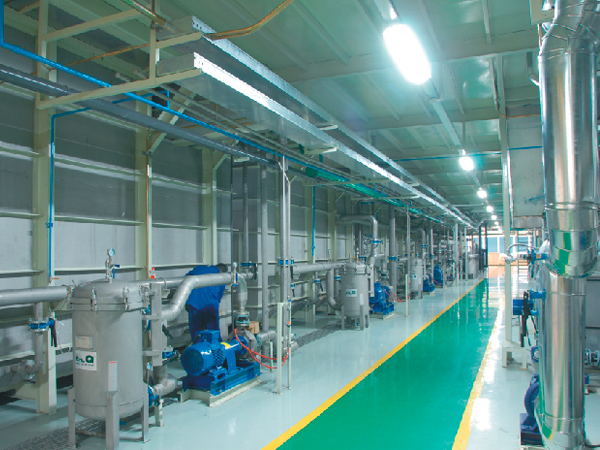
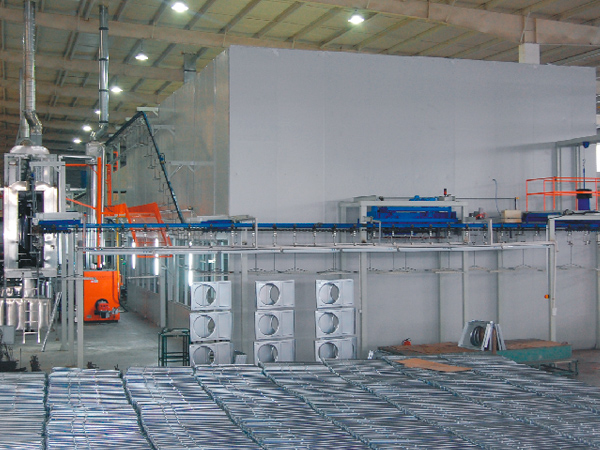
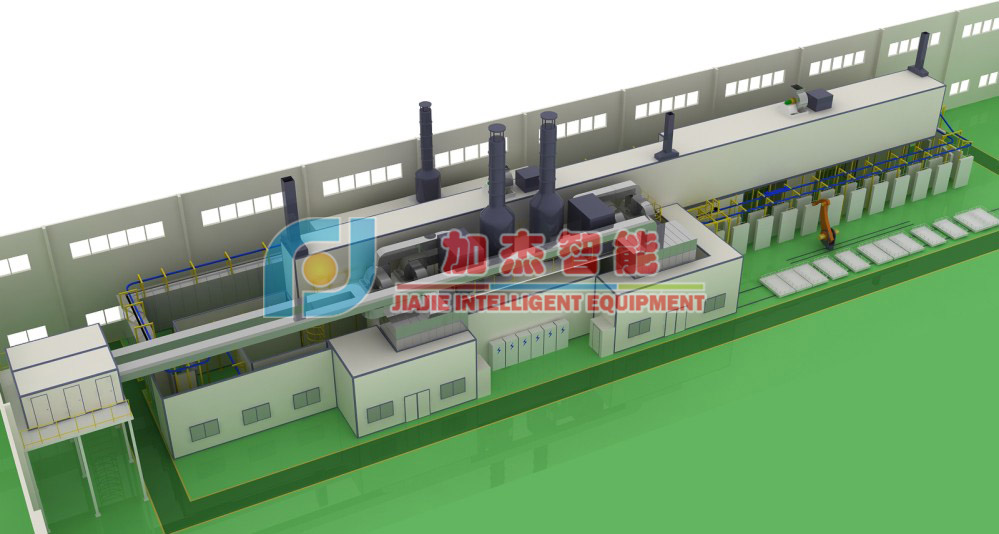
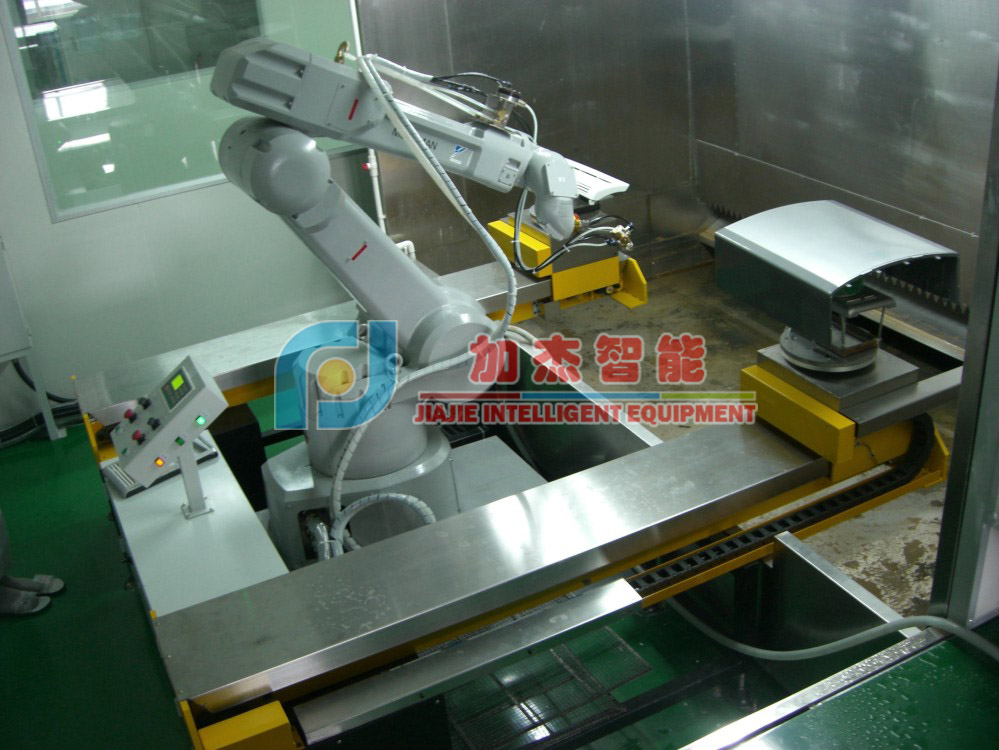
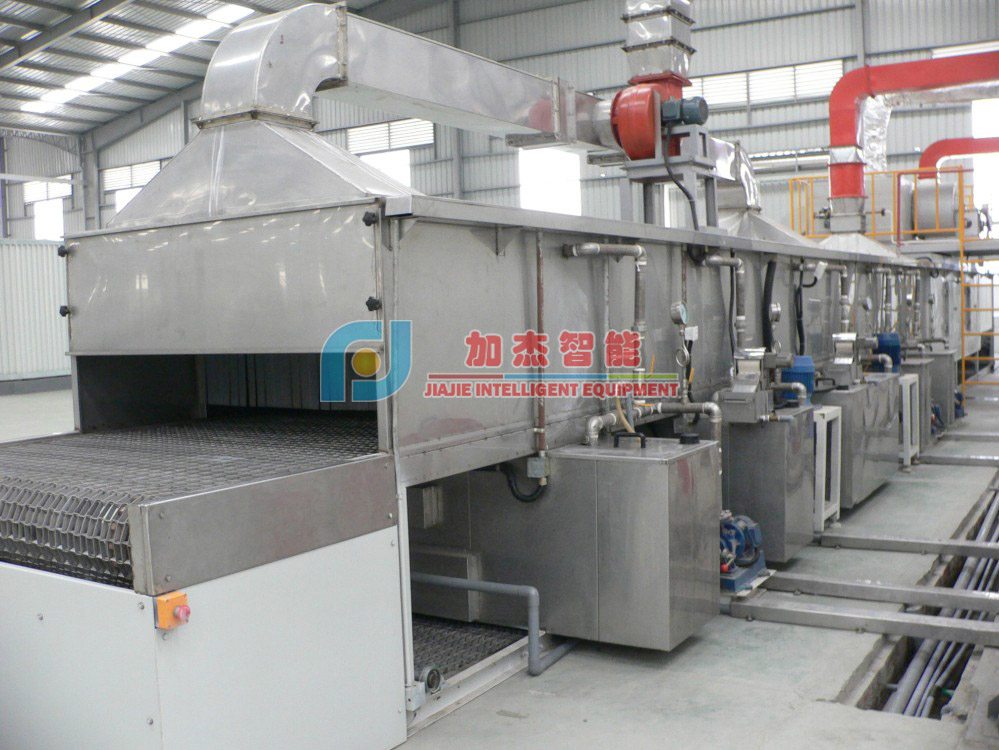
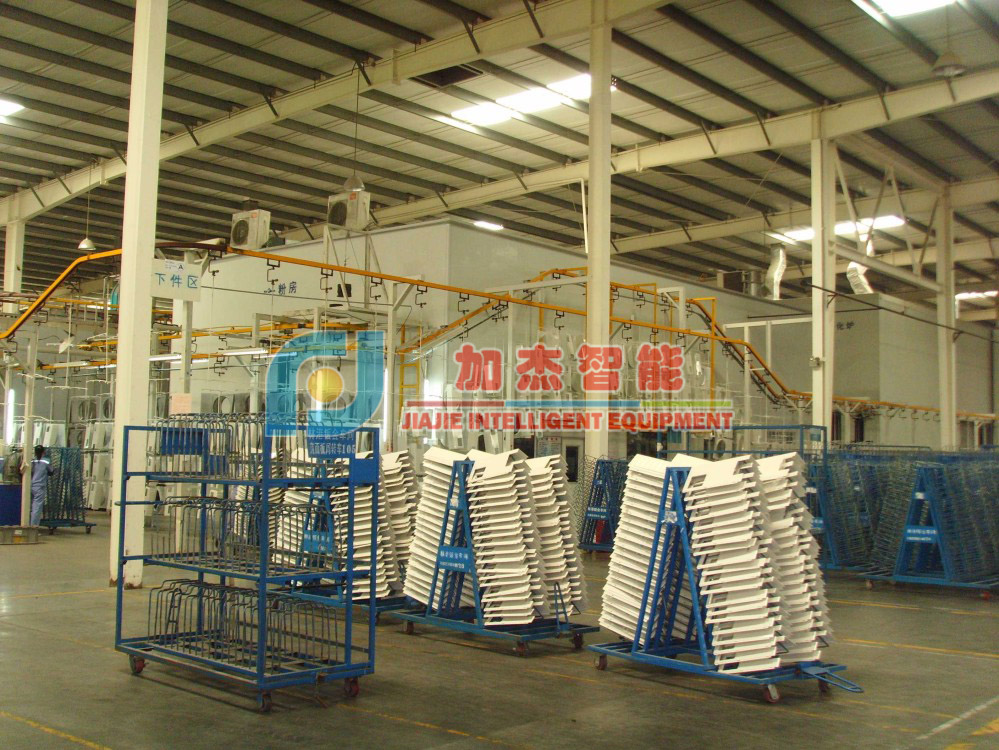
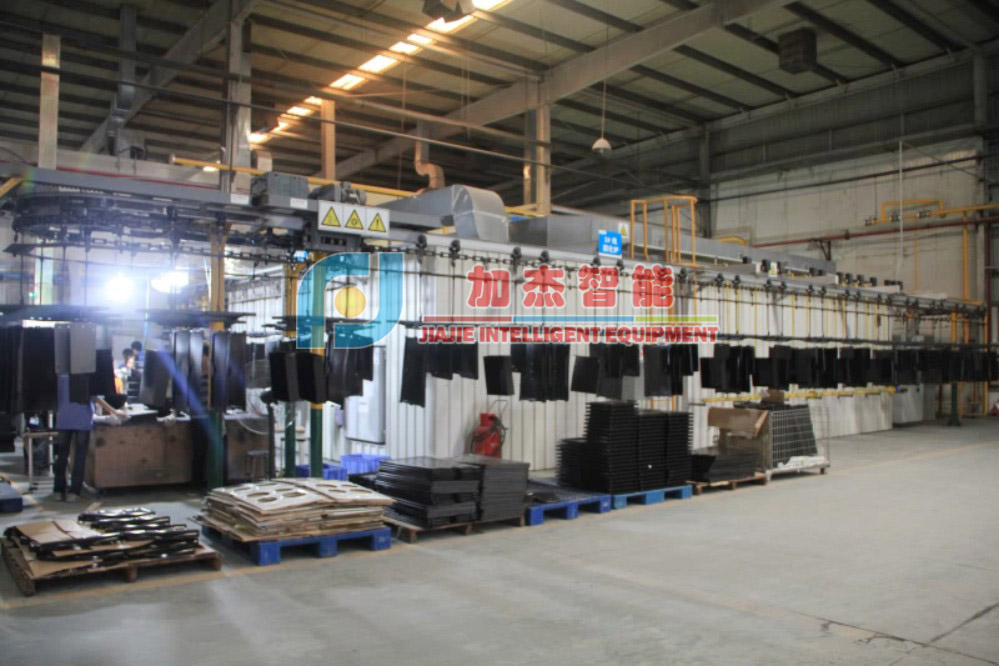
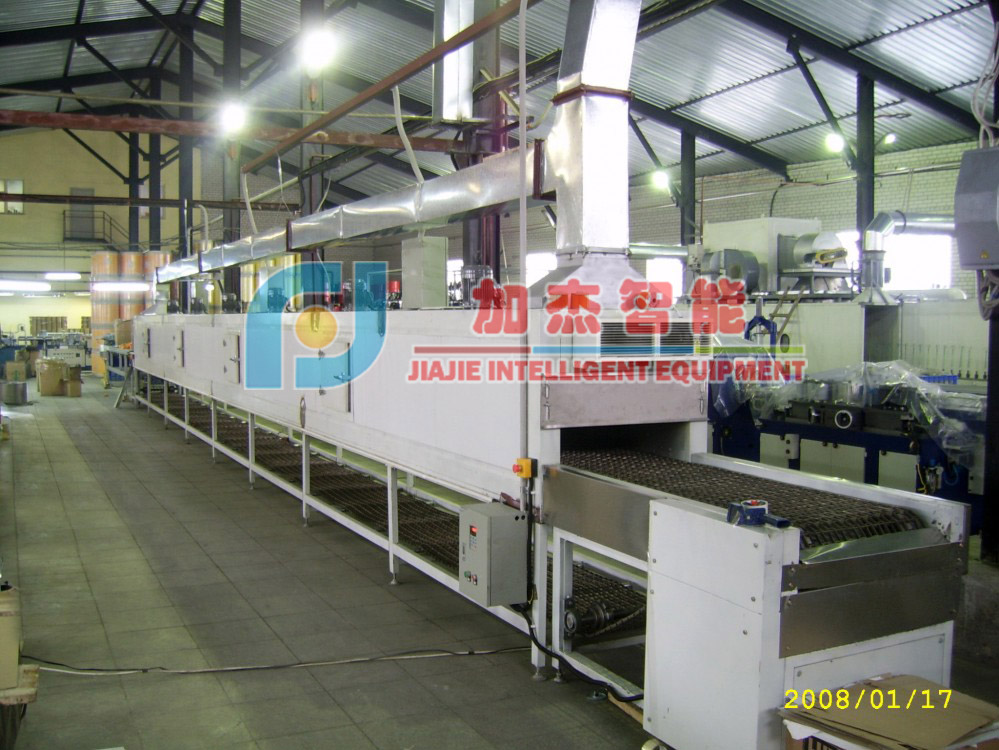
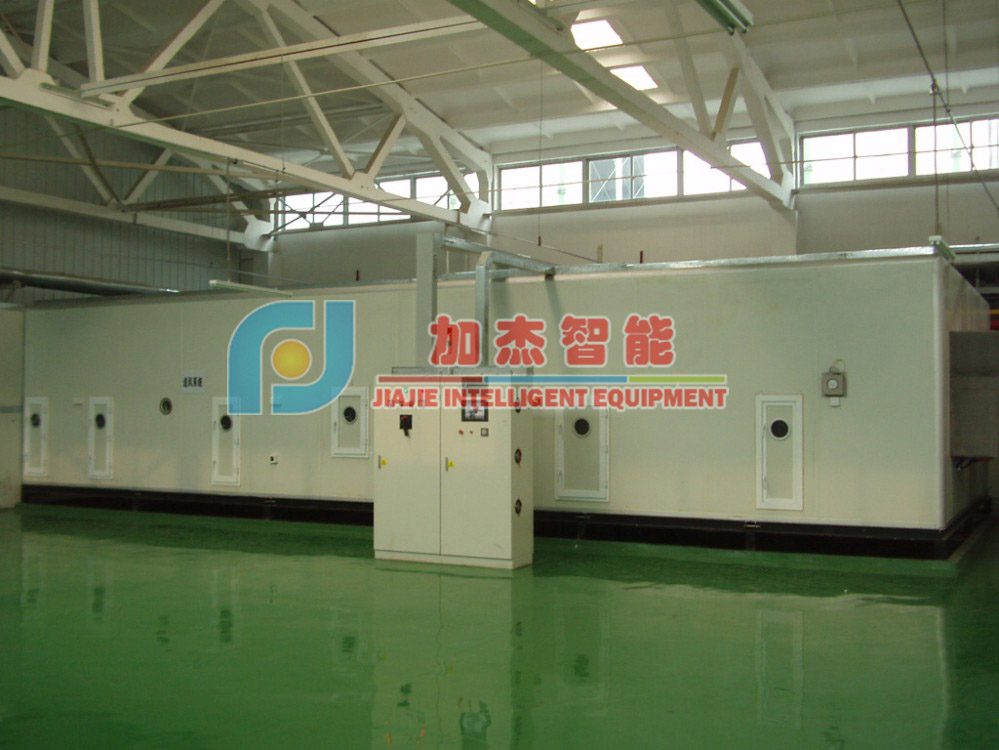
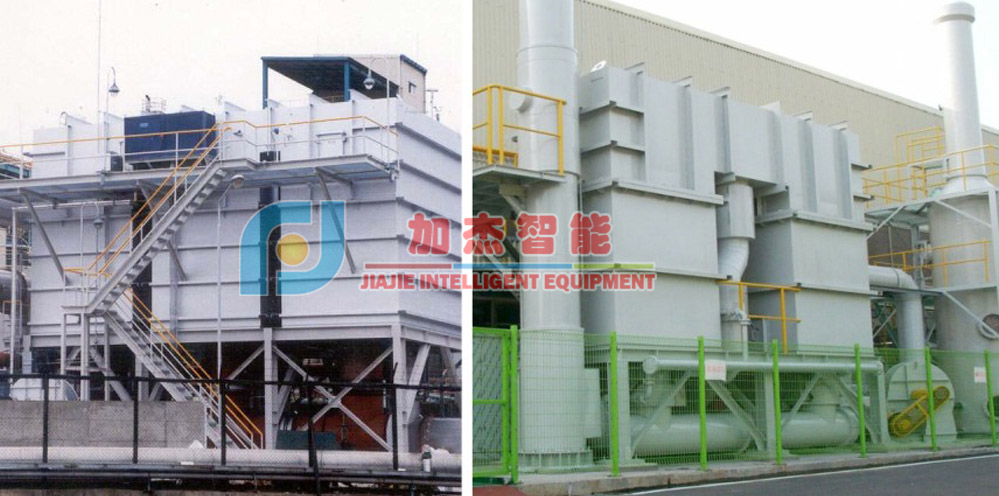








 客戶服務(wù)熱線
客戶服務(wù)熱線

